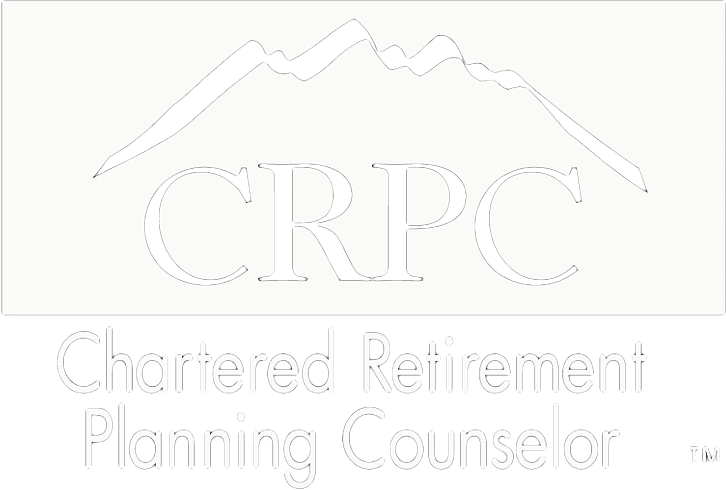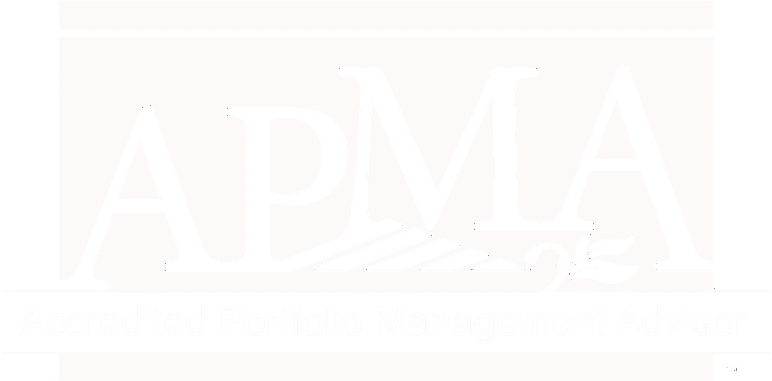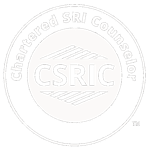
Did you know you may be able to take your 401(k), 403(b), or 457 plan and roll it into another type of retirement account while you are still working? Let’s look at how these rollovers can happen and the pros and cons of making them.
To Start, Some Basics
Distributions from 401(k) plans and most other employer-sponsored retirement plans are taxed as ordinary income, and if you take one before age 59½, a 10% federal income tax penalty also commonly applies.1 In addition, 20% of the withdrawn amount can be withheld for tax purposes. Generally, once you reach age 72, you must begin taking required minimum distributions.
Now, The Fine Print
You may be able to take a distribution from your qualifying, employer-sponsored retirement plan while still working, via an in-service non-hardship withdrawal.2 This is done by arranging a direct rollover of these assets into an individual retirement account (IRA) to potentially avoid both the 10% penalty and the 20% tax withholding in the process. It’s important to note that this option is only available if allowed by your employer.
It may be smart to speak to your financial professional before making any changes.
Generally, distributions from traditional IRAs must begin once you reach age 72. The money distributed to you is taxed as ordinary income. When such distributions are taken before age 59½, they may be subject to a 10% federal income tax penalty.
The criteria for making in-service non-hardship withdrawals can vary. Some workplace retirement plans simply prohibit them. Others permit them when you’ve been on the job for at least five years when assets in your plan have accumulated for at least two years, or you are 100% vested in your account.2
Weigh The Pros and Cons
Who knows if your reinvested assets will perform better in an IRA than they did in your company’s retirement plan? Only time will tell. Right now, you can put up to $7,000 into an IRA, annually, if you are 50 or older.3 If your employer matches your retirement plan contributions, getting out of the plan may mean losing future matches. In addition, there are some protections that come with employer-sponsored retirement plans that exceed the protections of traditional IRAs. It's important to review those differences with a financial professional before making any decisions or changes. Feel free to...
This content is developed from sources believed to be providing accurate information. The information in this material is not intended as investment, tax, or legal advice. It may not be used for the purpose of avoiding any federal tax penalties. Please consult legal or tax professionals for specific information regarding your individual situation. The opinions expressed and material provided are for general information, and should not be considered a solicitation for the purchase or sale of any security. Digital assets and cryptocurrencies are highly volatile and could present an increased risk to an investors portfolio. The future of digital assets and cryptocurrencies is uncertain and highly speculative and should be considered only by investors willing and able to take on the risk and potentially endure substantial loss. Nothing in this content is to be considered advice to purchase or invest in digital assets or cryptocurrencies.
Enjoying Escient Financial’s Insights?
The weekly newsletter is usually delivered to your email inbox Friday or Saturday, and includes:
- the latest Escient Financial Insights articles
- a brief of the week's important news regarding the markets
- recommended third-party reads
- selected Picture of the Week
Escient Financial does NOT sell subscriber information. Your name, email address, and phone number will be kept private.

